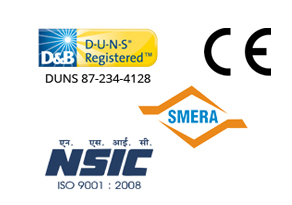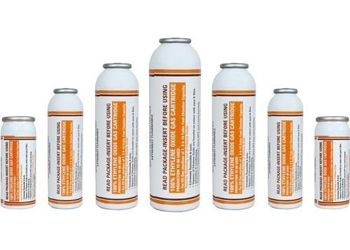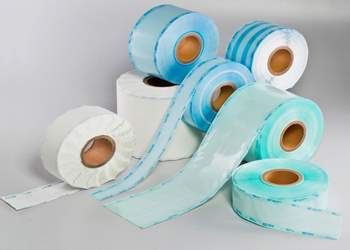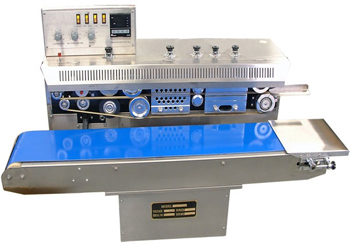Sterilization remains a cornerstone of healthcare safety and device integrity. As the sterilization equipment market evolves, there’s increasing emphasis on system efficiency and performance optimization. While advanced machines, such as EO sterilization equipment, are fundamental, the accessories – namely cartridges, rolls and sealers – are equally critical. Efficient coordination among these elements ensures not only efficacy in the ethylene oxide gas sterilization process but also consistency and safety across multiple sterilization cycles.
This article explores a practical and technical insight into how healthcare professionals and sterile processing departments can streamline operations by harmonizing the use of sterilization cartridges, rolls and sealers.
The Core Components of Sterilization
Cartridges in EO Sterilization Equipment
In EO sterilization equipment, the cartridge functions as the delivery mechanism for ethylene oxide gas. These pre-measured cartridges are inserted into the sterilizer machine , releasing gas in a controlled environment. Cartridge sizes vary – common options include 40g, 100g, 170g and 300g – allowing flexibility based on sterilization chamber volume and load density.
The correct cartridge selection impacts sterilization outcome:
- Underdosing can result in inadequate microbial kill rates.
- Overdosing may lead to prolonged degassing requirements and unnecessary EO residue.
- Proper compatibility with chamber size and product load ensures safe and efficient cycles.
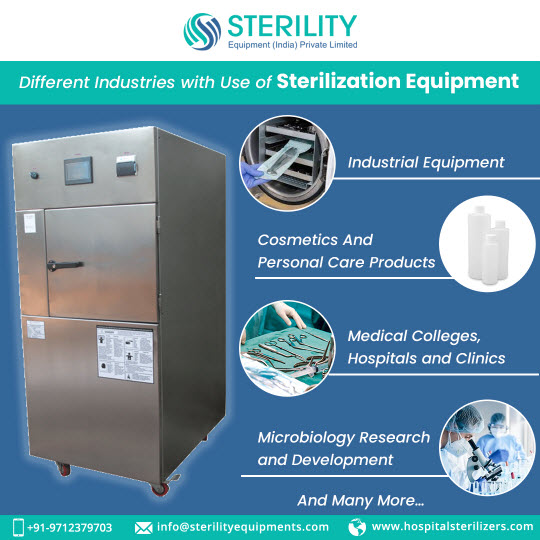
Sterilization Rolls: Packaging That Preserves Sterility
Sterilization rolls – constructed from medical-grade paper and multilayer polymer film – serve as barrier systems to protect instruments post-sterilization. Used across medical sterilizer machines, these rolls are heat-sealed after inserting devices, creating a sterile barrier that allows sterilant penetration yet prevents microbial entry.
Important features:
- Available in widths from 5 cm to 45 cm
- Compatible with EO, steam and plasma sterilization
- Printed process indicators signal successful sterilization
Matching roll size to the instrument dimensions is essential to avoid material waste, ensure full enclosure and maintain packaging integrity.
Client Speaks
“I have purchased the eto machine. Very good service”
Sealers: Precision in Closure
The sealing machine is tasked with closing sterilization rolls once devices are packed. High-precision band sealers are common in healthcare settings due to their continuous operation and adjustable temperature and speed settings.
Key advantages include:
- Uniform seal quality
- Adjustable sealing temperature (usually 150°C to 200°C)
- Seam integrity that withstands eo sterilizer exposure and transport stress
Temperature and dwell time settings must match the roll material specifications to prevent weak seals or roll deformation.
The Need for Coordination in Sterilization Equipment Use
Each component – cartridge, roll and sealer – has its operational nuances. However, when used in tandem without coordination, the sterilization process may face inefficiencies or worse, sterilization failures.
Matching Cartridge Dosage with Load Requirements
A mismatch between EO cartridge size and load volume compromises the sterilization cycle. Underloaded chambers with large cartridges increase toxic residue and require extended aeration, while overloaded chambers with insufficient gas may fail sterilization validation.
Healthcare facilities should:
- Calibrate gas dosage using load size charts
- Align cartridge size with chamber volume
- Document gas exposure levels per batch to meet regulatory benchmarks
Roll Selection Based on Instrument Profiles
Different instruments vary in size, shape and surface complexity. Selecting a roll that accommodates the device without excessive void space reduces packaging errors and enhances eo sterilization efficiency.
Standard practices include:
- Using flat rolls for slim, linear instruments
- Utilizing gusseted rolls for bulky or multi-component devices
- Choosing transparent film for visibility and traceability
Sealer Compatibility with Rolls and Workflow
Incorrect sealer settings – too low temperature or insufficient dwell time – lead to poor sealing. Overheated settings may degrade film or cause seal failures under pressure.
Best practices:
- Validate seal strength with regular testing
- Train staff on seal parameter adjustments
- Calibrate sealers regularly for temperature and speed accuracy
Operational Best Practices for Streamlined Coordination
Standardizing Sterilization Supplies and Equipment
Consistent use of standardized eto cartridges, rolls and sealers minimizes variability, simplifies inventory management and ensures repeatable outcomes.
Workflow Mapping and Spatial Planning
Setting up sterile processing workstations with dedicated zones for packing, sealing and loading cartridges improves efficiency and minimizes contamination risks.
Testimonial
“Excellent service and quality of machine“
Regular Training and Equipment Familiarization
Training ensures technicians are proficient in:
- Roll handling and sealing
- Cartridge insertion and replacement
- Recognizing signs of failed seals or incomplete gas cycles
Preventive Maintenance and Quality Audits
Scheduled maintenance of sealing equipment, cartridge delivery systems and sterilization machines help avoid downtime and process deviations.
Routine audits should:
- Review packaging integrity
- Validate gas dosage records
- Monitor sterilizer chamber performance
Conclusion
Streamlining the sterilization process through effective coordination of cartridges, rolls and sealers is a critical component of infection control in healthcare environments. From surgical sterilization equipment to industrial sterilizer machines, synchronized use of these accessories ensures sterilization efficacy, regulatory compliance and operational efficiency.
As the sterilization equipment market grows and evolves, healthcare providers must remain committed to best practices in system integration and process optimization. With the right training, equipment selection and workflow design, sterilization outcomes can meet the highest standards of patient safety and clinical reliability.

